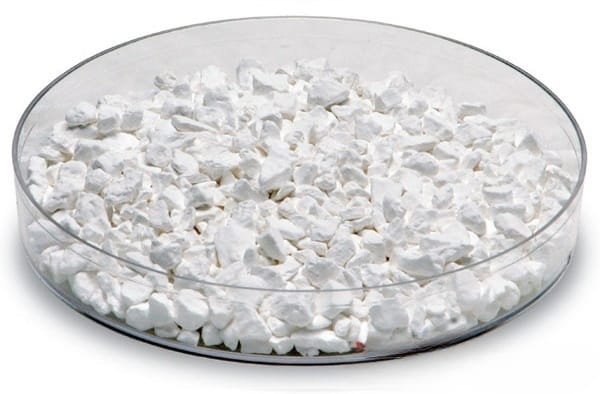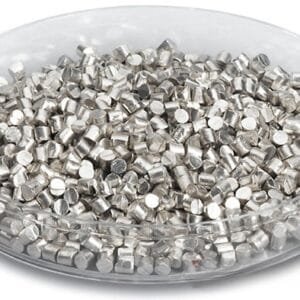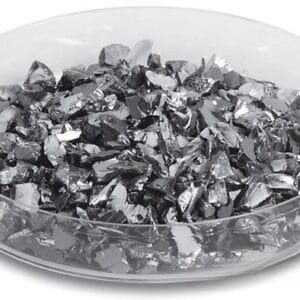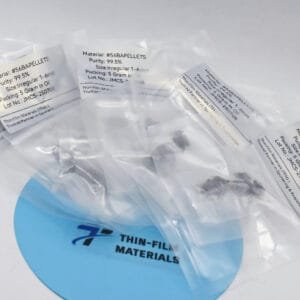Yttrium(III) Oxide Evaporation Materials Overview
TFM provides high-purity yttrium(III) oxide (Y2O3) evaporation materials, an essential component in various deposition processes. Yttrium oxide, known for its white color, has a melting point of 2,425°C, a density of 5.01 g/cm³, and a vapor pressure of 10^-4 Torr at approximately 2,000°C. It is a critical yttrium compound used in applications such as phosphors for red color in televisions and yttrium iron garnets for microwave filters. TFM specializes in producing yttrium oxide with up to 99.9995% purity, ensuring the highest quality and reliability through stringent quality control processes.
Related Products:
Yttrium Evaporation Materials, Oxide Ceramic Evaporation Materials
Yttrium(III) Oxide Evaporation Materials Specification
| Material Type | Yttrium(III) Oxide |
| Symbol | Y2O3 |
| Appearance/Color | White solid |
| Melting Point | 2,425 °C (4,397 °F; 2,698 K) |
| Density | 5.010 g/cm3, solid |
| Purity | 99.9% ~ 99.99% |
| Shape | Powder/ Granule/ Custom-made |
Applications of Yttrium(III) Oxide Evaporation Materials
Yttrium(III) oxide evaporation materials are employed in a variety of advanced applications, including:
- Deposition Processes: Suitable for semiconductor deposition, chemical vapor deposition (CVD), and physical vapor deposition (PVD).
- Optical Coatings: Used in wear protection, decorative coatings, and display technologies.
Packaging and Quality Assurance
TFM ensures that yttrium(III) oxide evaporation materials are packaged with clear labeling for efficient identification and quality control. Special care is taken to prevent any damage during storage and transportation.
Contact and Customization
TFM is a leading provider of high-purity yttrium(III) oxide evaporation materials, available in various forms such as tablets, granules, rods, and wires. Customized shapes and quantities can be tailored to specific needs upon request. Additionally, TFM offers evaporation sources, boats, filaments, crucibles, heaters, and e-beam crucible liners. For pricing inquiries or information on materials not listed, please contact TFM for further details.


 MSDS File
MSDS File



Reviews
There are no reviews yet.